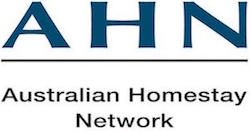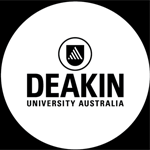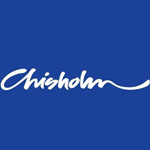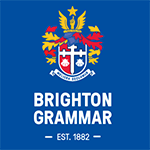Melbourne is located in Victoria and is Australia’s second largest city. Melbourne is referred to as Australia’s cultural capital, and home to many residents from all over the world. Melbourne has been voted the World’s Most Liveable City for a record seven consecutive years. Melbourne is home to 30 universities and educational institutions and the number of students coming to visit each year is steadily increasing.
Melbourne is made up of the busy City Centre, offering amazing nightlight and food and arguably some of the best coffee in the world. The historic North Melbourne & Parkville, Carlton & Fitzroy; Melbourne’s ‘hip’ areas, with hundreds of cafés and local designer stores. Brunswick & Northcote are Melbourne’s student hubs as well as St Kilda – considered Melbourne’s “beach Town and & South East.
Things To Do

Melbourne’s famous for its laneways and graffiti art. Hosier lane is a must stop; new art added daily it’s the perfect photo op for a typical Melbourne selfie. DeGrave’s Street is filled with delicious coffee and cafes – the only trouble you’ll have here is choosing which one will go to.

When it’s not windy, the Yarra river is the place to be – it’s the perfect spot for a picnic and to hang out with friends. There are gorgeous bars and cafes along the river when you head into South Bank, which is also beautiful at night, when you see the city lights reflecting off the river.

Lost and Found Market is a great weekend activity. It’s open Wednesday – Sunday, 10am-6pm and is a 950m2 warehouse full of vintage fashion, furniture, art, records, bric-a-brac and more. It’s located in the heart of Melbourne’s vintage precinct.

St Kilda Botanical Gardens is one of the city’s best gardens, dating back to the 1800’s. It’s a beautiful place to spend the day; it’s open between sunrise and sunset, 7 days a week. There’s plenty of wildlife to see including possums and flying foxes!

Melbourne’s Chinatown is a must stop for a good, cheap meal. It’s always busy and hosts a number of events throughout the year. It’s been around since the gold rush days, the 1850’s and is the oldest continuous Chinese settlement in the western world.
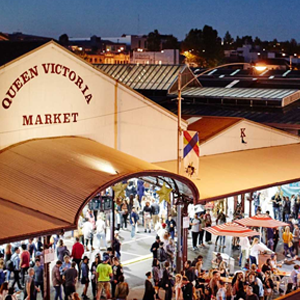
For markets, don’t miss the Queen Vic Markets, a popular and famous market in the city centre. It’s been open for 140 years and has many treats you can enjoy. For other markets, see these top 7.

For food listed as in Lonely Planet’s ‘World’s Best Brunches’ and coffee awarded “Best Boutique Roaster” stop at Industry Beans. They’re located in Fitzroy in a former warehouse.
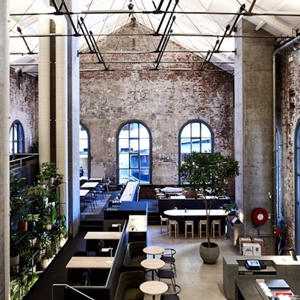
For something a bit fancy, head to Higher Ground, their food is divine! Make sure you’re there before 10am though, people will que for hours to get in and eat there!
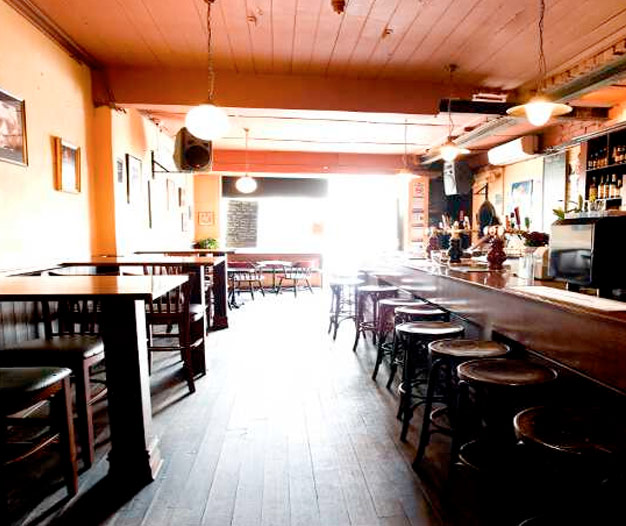
The Drunken Poet is an authentic pub not to be missed, it’s right next to the Victoria Markets and has live music 6 days a week. They also let you bring you own food in!

La Mama Theatre was the starting point for some of Australia’s most famous actors. They offer contemporary and interesting theatre with actors and production staff from a range of backgrounds.
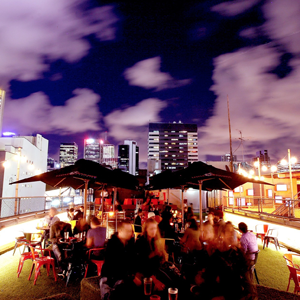
Melbourne has an abundance of rooftop bars you should most definitely visit. If you don’t drink – just eat, they all offer amazing options for everyone.

Coburg Drive-In a cheap option for a group (you won’t pay more than $40 for a carload!) and a great 1950’s experience. They have three screens and are the largest in the Southern Hemisphere!

February brings the St Kilda Festival, and celebrates Australian music. As a summer concert, you can relax in the sun while listening to amazing music – and the best part? IT’S FREE!

Run by the city of Melbourne, the Moomba Festival is another not to be missed. It’s Australia’s largest community festival, held in March, and showcases local performers. It’s family friendly and home to the wacky Birdman Rally.
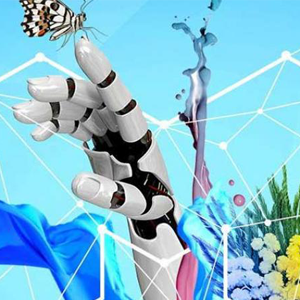
An exciting event focused on connecting people, research and issues of the future, Melbourne Knowledge Week runs for 7 days and includes interactive workshops, dinners and performances. If you want to keep up with the way the world is changing, ensure you head to this event.

Get excited for September, and the Royal Melbourne Show – it has something for everyone! Animals, food, rides and competitions make up the itinerary – don’t forget to sample food from the famous Winning Tastes Pavilion.
Things To Know

Vegemite was invented in Melbourne in 1922 after months of laboratory tests by food technologist Dr. Cyril P Callister.
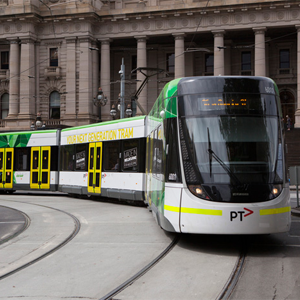
Melbourne’s famous tramway system is the largest outside Europe and the fourth largest in the world.


Before Melbourne was called Melbourne, it was named Batmania after John Batman, a colonist farmer from Tasmania who landed in Port Philip Bay in May 1835.


Melbourne’s CBD has five of the six tallest buildings in Australia, the tallest of which is the Eureka Tower at 297.3-metre (975 ft).
Summer runs from December to February and average temperatures range from 14-25.3°C (57.2-77.5°F). Summer is dry with heatwaves that last up to three days. Early in the year Melbourne temperatures are over 30°C.
Autumn lasts from about March to May. Autumn temperatures fall to between9–20.3°C (51.6-68.5°F). Autumn offers fine sunny days, and in light winds in May.
Running from June to August, winter is Melbourne’s coldest month. Average temperatures range from 6.5-14.2°C (43.7-57.6°F). The weather is frequently cold and cloudy, and nights can be accompanied by frosts.
Running from September to November, Spring averages temperatures of 6-19.6°C (49.3-67.3°F). The season unpredictable and weather can quickly change from calm and sunny to cold and windy. Always have a jumper and umbrella in your bag.


TRAINS are an effective solution for travelling to the outer suburbs of Melbourne they but can become very busy during peak hours. There are 15 train lines connecting the CBD to the outer suburbs. During peak, trains run every 4-5 minutes however in off peak times they can come every 20 minutes.



TRAMS are a great option in Melbourne. The extensive tram network stretches outward from the city centre and run every 7 to 10 minutes during peak. Trams are free within the centre of the city.
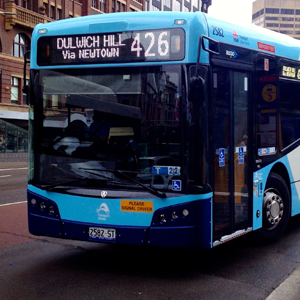

BUSES a better solution for outer-city commuters. Bus frequency varies depending on the time of day – buses arrive every 1-15 minutes on popular routes during peak times, and once every 20 or 30 minutes during the evenings.
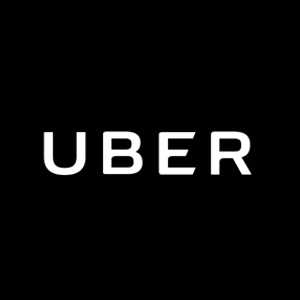

Uber is legal in Melbourne. Simply log in via their app and order one to drive you around, much like a taxi. Uber is often cheaper than a cab and you can confirm the fare before you take off, meaning you will know an approximate price before confirming the ride. Uber is also a great way to meet some locals who know their way around the city.
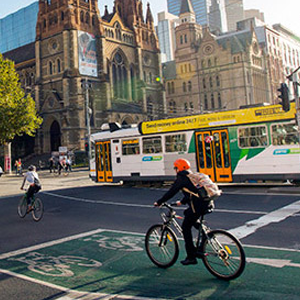

BIKES are a great option to save money! You can take advantage of the 135km of designated bike lanes and tracks around Melbourne. Key bike lanes include LaTrobe Street and St Kilda Road. For a complete guide to bike lanes in Melbourne, view the website.


Taxis are another option and can be reasonably priced if you share the fare (especially on a night out). Local taxi companies include Black Cabs 13 CABS (132 227), Silver Top Taxi Service (131 008) and Yellow Cab Co 132 227
IUSEPASS – International undergraduate students can save 50 per cent on an annual myki card with an international Undergraduate Student Education pass (iUSEpass) myki card. You can save even more if you usually top up with myki Money.
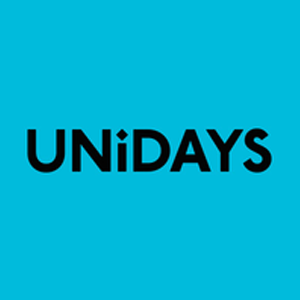

UNiDAYS – Use your student email account to sign up and receive 10-25% discount on a huge range of stuff. Visit their website for more info.
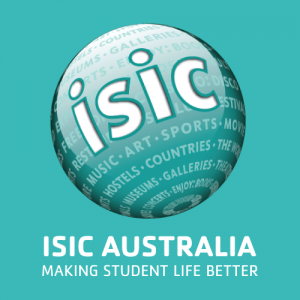

ISIC – The International Student Identity Card (ISIC) is the most internationally-recognised student ID offering amazing discounts on products and services throughout Australia and the world. It’s also handy if you need official proof that you’re a student. View their website to see if you qualify for the card on their website
